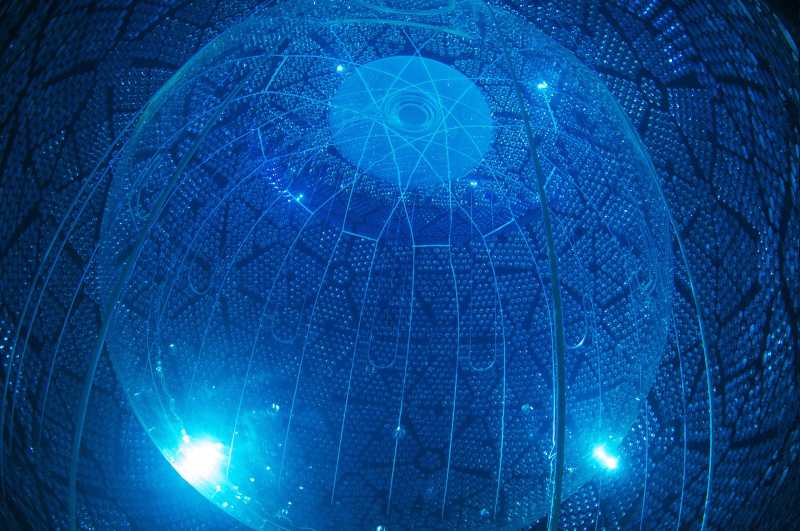The discovery that neutrinos have mass and oscillate, recognized by the 2015 Physics Nobel Prize and the 2016 Breakthrough prize, opened up new fundamental questions.
Neutrino physics now focuses on precision measurements of neutrino parameters (the three mass values and their ordering are still unknown) and on the unveiling of their unique properties:
- is neutrino its own anti-particle, in other words is it a Dirac or a Majorana field?
- do neutrinos obey or violate the Charge Parity symmetry, and to what level?
These are fundamental questions not only for particle physics but that can have important consequences in cosmology, namely for explaining the matter-antimatter asymmetry in the Universe.
Paradoxically, the first question can be answered by searching for rare nuclear decays for which neutrinos are expected in the final state, but may be absent if they are Majorana particles, SNO+ will search for the neutrinoless double beta decay of Tellurium. DUNE is set to answer the second question, by comparing very precise measurements of the oscillations undergone by very intense beams of neutrinos against those of anti-neutrinos.

Detecting neutrinos opens also other windows to the Universe: after SNO confirmed the Standard Solar Model, neutrinos have been used to measure other properties of the Sun, and most recently the Earth; in a single observation of a Supernova in 1987, neutrinos gave fundamental information about also those sources, a next close by Supernova could bring much more information. Both SNO+ and DUNE extend their physics programs to these and other neutrino measurements.
Neutrinos interact only weekly, demanding large detectors dedicated to rare events and isolated in deep underground laboratories; different technologies are used for different energy ranges and measurements. A precise knowledge of the detector properties is fundamental and our group has in both experiments started by detector calibration activities, to then prepare the best neutrino physics analyses.
